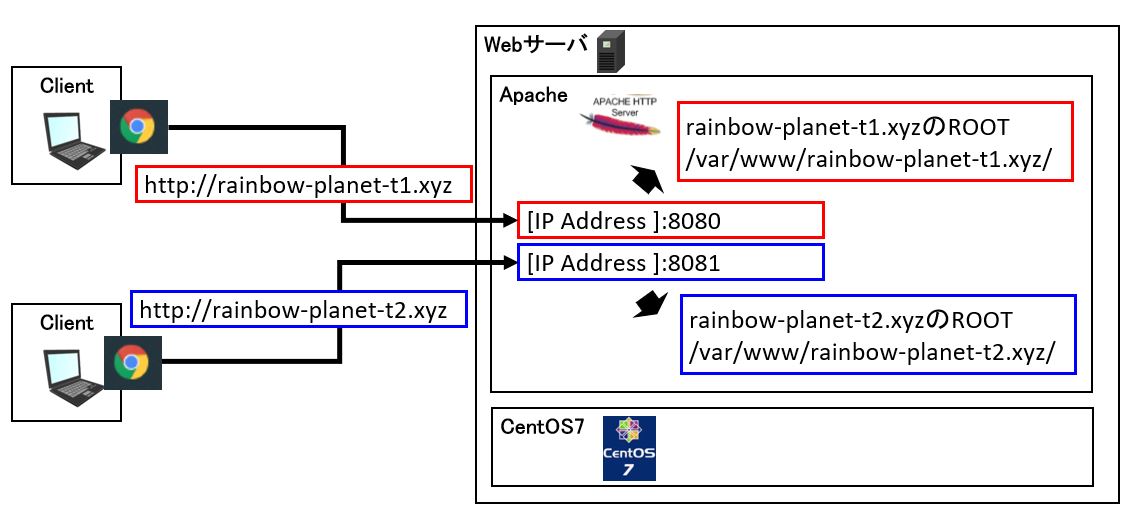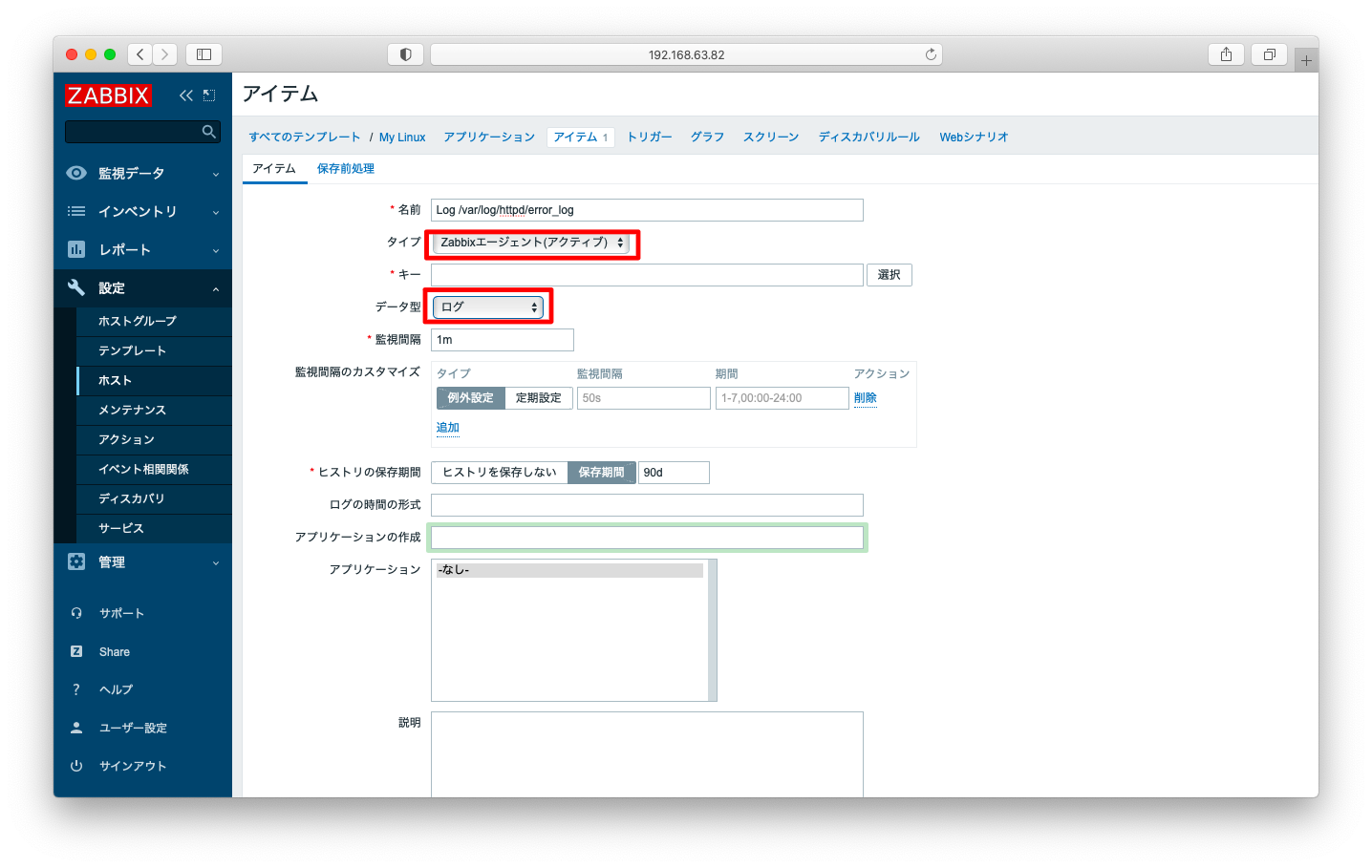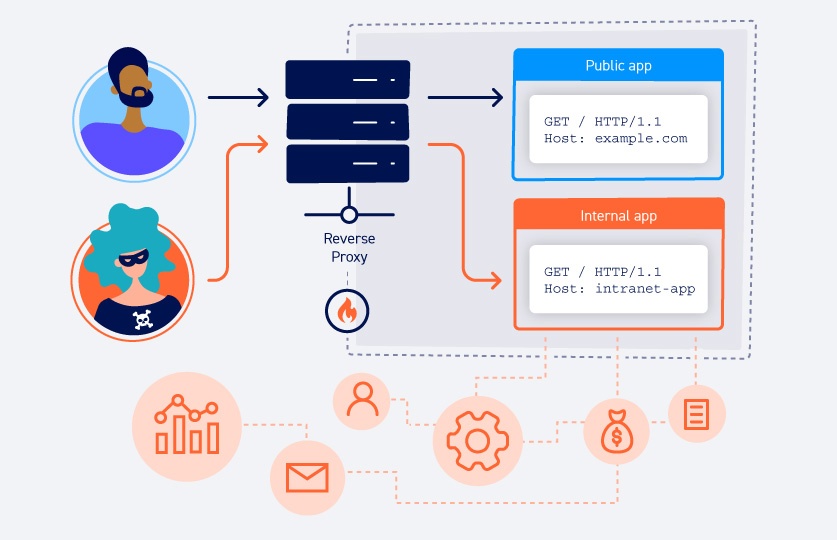Running several name-based web sites on a single IP address.
Your server has multiple hostnames that resolve to a single address, and you want to respond differently for www.example.com and www.example.org.
Go to local host and under Tools area for 'Add a Vertual Host' in the first time it will say turn on 'Vertual Host sub menu' in wamp server settings. To get there right click on wamp icon go to wamp server settings and click on Vertual Host sub menu. Versions 1.1 and later of Apache support both IP-based and name-based virtual hosts (vhosts). The latter variant of virtual hosts is sometimes also called host-based or non-IP virtual hosts. Below is a list of documentation pages which explain all details of virtual host support in Apache HTTP Server.
Note
Creating virtual host configurations on your Apache server does not magically cause DNS entries to be created for those host names. You must have the names in DNS, resolving to your IP address, or nobody else will be able to see your web site. You can put entries in your hosts file for local testing, but that will work only from the machine with those hosts entries.
The asterisks match all addresses, so the main server serves no requests. Due to the fact that the virtual host with ServerName www.example.com is first in the configuration file, it has the highest priority and can be seen as the default or primary server. That means that if a request is received that does not match one of the specified ServerName directives, it will be served by this first <VirtualHost>.
The above configuration is what you will want to use in almost all name-based virtual hosting situations. The only thing that this configuration will not work for, in fact, is when you are serving different content based on differing IP addresses or ports.
Httpd Hosta

Note
You may replace * with a specific IP address on the system. Such virtual hosts will only be used for HTTP requests received on connection to the specified IP address.
However, it is additionally useful to use * on systems where the IP address is not predictable - for example if you have a dynamic IP address with your ISP, and you are using some variety of dynamic DNS solution. Since * matches any IP address, this configuration would work without changes whenever your IP address changes.
The Require Directives
Apache's Require directive is used during the authorization phase to ensure that a user is allowed or denied access to a resource. mod_authz_host extends the authorization types with ip, host, forward-dns and local. Other authorization types may also be used but may require that additional authorization modules be loaded.
These authorization providers affect which hosts can access an area of the server. Access can be controlled by hostname, IP Address, or IP Address range.
Since v2.4.8, expressions are supported within the host require directives.
Require ip

The ip provider allows access to the server to be controlled based on the IP address of the remote client. When Require ip ip-address is specified, then the request is allowed access if the IP address matches.
A full IP address:
An IP address of a host allowed access
A partial IP address:
The first 1 to 3 bytes of an IP address, for subnet restriction.
A network/netmask pair:
A network a.b.c.d, and a netmask w.x.y.z. For more fine-grained subnet restriction.
A network/nnn CIDR specification:
Similar to the previous case, except the netmask consists of nnn high-order 1 bits.
Note that the last three examples above match exactly the same set of hosts.
IPv6 addresses and IPv6 subnets can be specified as shown below:
Note: As the IP addresses are parsed on startup, expressions are not evaluated at request time.
Require host
The host provider allows access to the server to be controlled based on the host name of the remote client. When Require host host-name is specified, then the request is allowed access if the host name matches.
A (partial) domain-name
Hosts whose names match, or end in, this string are allowed access. Only complete components are matched, so the above example will match foo.example.org but it will not match fooexample.org. This configuration will cause Apache to perform a double reverse DNS lookup on the client IP address, regardless of the setting of the HostnameLookups directive. It will do a reverse DNS lookup on the IP address to find the associated hostname, and then do a forward lookup on the hostname to assure that it matches the original IP address. Only if the forward and reverse DNS are consistent and the hostname matches will access be allowed.

Require forward-dns
The forward-dns provider allows access to the server to be controlled based on simple host names. When Require forward-dns host-name is specified, all IP addresses corresponding to host-name are allowed access.
In contrast to the host provider, this provider does not rely on reverse DNS lookups: it simply queries the DNS for the host name and allows a client if its IP matches. As a consequence, it will only work with host names, not domain names. However, as the reverse DNS is not used, it will work with clients which use a dynamic DNS service.
A client the IP of which is resolved from the name dynamic.example.org will be granted access.
The forward-dns provider was added in 2.4.19.
Require local
The local provider allows access to the server if any of the following conditions is true:
- the client address matches 127.0.0.0/8
- the client address is ::1
- both the client and the server address of the connection are the same
This allows a convenient way to match connections that originate from the local host:
Http Host Header

Security Note
Http Host Field
If you are proxying content to your server, you need to be aware that the client address will be the address of your proxy server, not the address of the client, and so using the Require directive in this context may not do what you mean. See mod_remoteip for one possible solution to this problem.
